2026 SEO Agency Toolkit: Services, Trends & Growth Hacks
If you want your agency to be ahead in 2026, you need to stay sharp,…
One of the greatest things about internet marketing is the fact that it’s made the world a smaller place. We can hop on Google Earth and take a trip through an Egyptian Pyramid, and five minutes later be exploring the Polar ice caps (although, we’re willing to bet you searched for your own house first, right?). The only problem is, when you want the world to come to your website, it can be hard for everyone else to understand you because language is still a barrier we face.
In English speaking countries such as the UK, the USA, Canada, New Zealand, and Australia, it can feel a bit like we’re at the centre of the universe because ‘everyone’ speaks at least some English. We’re notoriously bad at learning other languages, too, meaning it can be hard for us to expand our business and build SEO for multiple locations.
While it’s true that a huge proportion of the world has English as at least a second language, when trying to expand internationally, a website with English content is not enough. You need to ensure that you are offering your website in the appropriate native language of any country you are targeting. However, if you’ve ever tried to translate an entire website, it can prove a really difficult task, and Google Translate isn’t quite clever enough yet to understand the nuances of language enough so that it feels fluent.
This can be especially tough with websites that are not only in a different language but in a language that uses an entirely different approach to writing (like Mandarin, Arabic, Ukrainian, etc.). Once you have gotten over this initial hurdle, though, you still have one more problem. How do you reach such a colossal size audience?
The answer is in multilingual link building. This is a method of building your location pages SEO rankings across different languages, and we’ll show you how to do it in this article.
The very first part of multilingual link building starts with strategy. Who do you want to target, and why? You may think your product or service will be loved by everyone across the world, and it may be, but it’s unlikely to appeal to every country and culture. Equally, your very UK based and made product may actually end up having a huge following somewhere completely unexpected, like Italy.
This is where your sales and marketing team should be helping out, identifying new target markets based on what they are traditionally likely to want and buy. This can be a difficult task, but it’s vital that you narrow down why you want to target certain markets before you start building the content to welcome those markets in.
For example, New Rock boots and shoes are based in Spain, but they have a huge following in the UK and are sold in many alternative shops (especially in Camden, London). They understand that they have a particular market in the UK and focus content towards the UK in their strategy.
Identifying your target market will ensure that you create the right kind of content in the right language for your target market. However, it will also ensure you’re not wasting your time targeting a market that has no interest in your product – or even worse, a market that may be culturally offended by your marketing efforts!
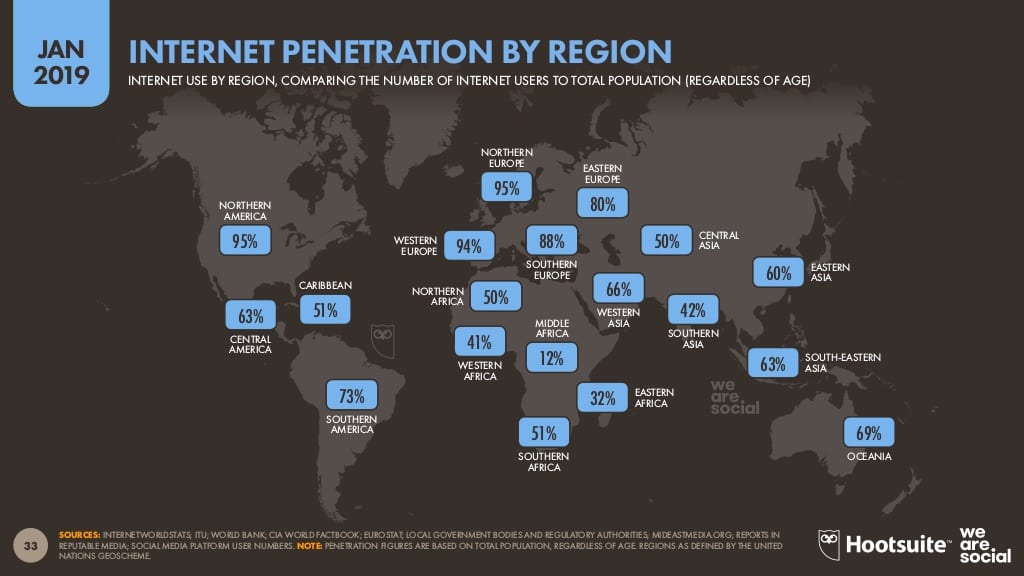
There are many ways to approach both English and multilingual content creation. The most important thing to remember here is to make quality content.
The old adage of content is king is absolutely vital here. Good content will build customer faith and customer loyalty, as well as boost your trustworthiness and contribute to a better SEO ranking.
There is a caveat to this one, though; you may not need to create content in every language you possibly can, but it depends on your budget.
If you can create content in every language you’d like to target, that would be a better approach, but paying for translators to translate the content, and ensure that it is culturally appropriate, and accurate, can get expensive. It’s not even the case that it’s other languages that are the problem, little pieces of nuanced humour that may be funny or amusing to English speakers from England, may land completely flat with English speakers from the US.
When you’re considering your multilingual content, you must attempt to do as much as you can afford, and if you can’t afford much, then go for a wider umbrella. Ditch the cultural specific quips, turns of phrase, and amusing anecdotes and go for more straightforward wording.
It may be the case that the countries you are targeting, while not understanding English, do understand other languages. For example, if you are targeting France, Switzerland, Holland, Italy, Germany, and Sweden, you may look to just creating content in English, French, and German, as this covers most of the bases of these countries without the need to translate into more languages. If you want to ensure the best user experience, though, providing accurate, engaging content in their native language will benefit you in the long run.
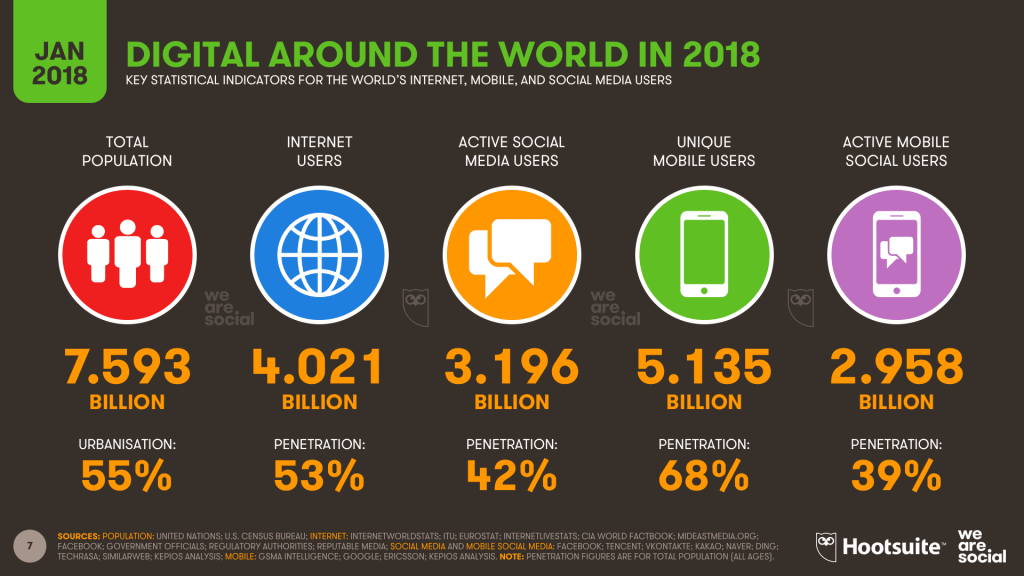
Once you’ve decided on the content you want to put out, it’s important to consider the URL the user will be coming to or coming through. There is a myriad of country-specific URLs such as .co.uk, .fr, .de, .it, etc but there are also a whole host of non-country specific URLs too, such as .com, .org, .edu, .biz, and so on. It’s worth deciding if you’ll be sending your specific users through to a specific URL and set of landing pages, or whether you’ll use a generic international page.
Many companies will go for a generic URL and then a subdomainA subdomain is a secondary website that is rooted within the parent domain. structure for geo-locating their audience. Take Chinese electronics giant Xiaomi, for example, they have a generic URL, mi.com, and send users through to their own specific county-based content using mi.com/XX where XX is replaced with the country. For example:
And so on.
This is a great way to funnel users through to the right “sides” of your website without having to worry about them getting lost in another country-specific website.
For eCommerce sites, an option like this is a great idea to keep the different currencies separate, too, rather than having to have a drop-down option to display the country’s currency correctly as sites such as AliExpress do.
Once you’ve decided on your URL structure and what you’ll do about your approach to different languages when it comes to content, you’ll need to put some work into your SEO location strategy, and this is where things can get tricky.
There are two types of multi location SEO that you should be mindful of. This is on-page and off-page SEO. Both are really important and will need a strategy designed to build your SEO rankings across whatever county you’re looking to advertise your products in.
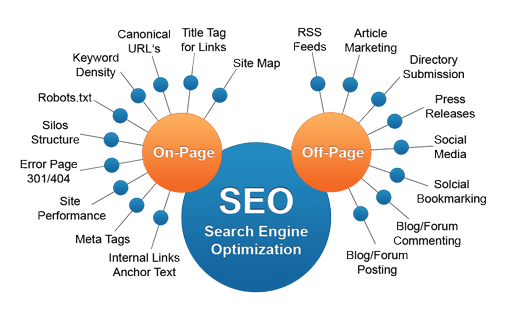
On-page SEO is your own website and how it can be found by the major search engines that are used across the world (Google, Bing, and Duck Duck Go being the most popular). It’s worth noting that most of the world uses Google, and if you follow the advice to raise your rankings on Google, you’ll usually raise your rankings across the other search engines, too, so we’ll focus on Google for now.
Google uses over 200 different touchpoints on a website and a piece of content to decide where it should rank. A lot is to do with how you present your multi location website, if it’s easy to read by robots, and how Google can verify what you say is true or not.
There are different factors that will make Google happy to raise your rankings or not and some industries, such as anything financial or anything medical, will find it a lot harder because Google wants to be certain that you are the real deal and what you are saying is actually true and trustworthy.
It’s for this reason that we’d suggest creating content in the right languages for the countries you wish to advertise in. Normally, when you create location specific content, you should not duplicate your content (post the same content word for word across many different websites), but when it comes to multilingual content, it’s perfectly reasonable to just translate the same content across the different languages of your site or sites where the content will appear.
If you’re going to duplicate by translation, just be mindful of cultural and language nuances, as we discussed above.
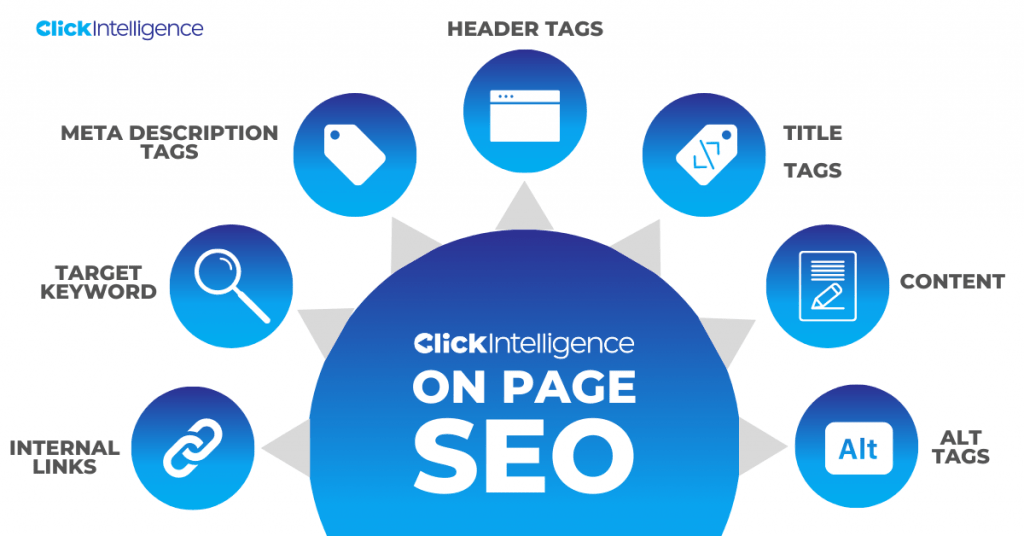
We touched on it slightly above, but off-page SEO is where the real magic happens. Multilingual link buildingLink building is a process of acquiring links pointing to your website. These links are obtained by creating content, participating in social media or commenting on other blogs. is the best way to achieve good off-page multilocation SEO rankings.
To do multilingual link building right, you’ll need to write content in a multitude of languages (or get your content translated) and submit them to specific websites that are appropriate in that language.
For this one, quality over quantity is always the way to go, and you should submit your backlink content to websites that are something to do with your product or at least in the same space.
For example, you may sell very well made and well-designed silk ties for men to wear with suits. This kind of link may sit well on both a fashion blog as well as an entrepreneur blog with the angle of what to wear at work or how to look good at the office. It probably wouldn’t sit so well on a website dedicated to baking, though!
Getting multilingual link building right involves building up contacts across the different languages and ensuring you have the right articles to post on the right websites. This can be a long and laborious task, so we’d suggest you outsource this job to an expert multilingual SEO agency, like us!
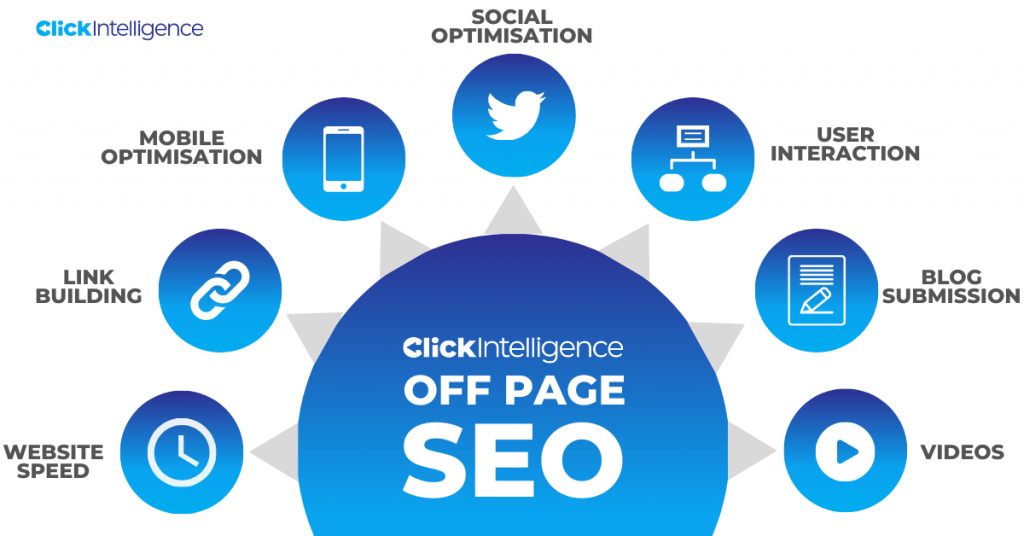
When you go onto Google, it may be fair to assume that Google is Google wherever you are. If you take your English laptop to another country and search Google in English, you may assume that you’ll get the same results up as if you were at home.
For the most part, this is fairly true for practical purposes. Google search likes to build up an idea of what you will want and will deliver you the most relevant results to you based on your likes and your location (if you are not using a VPN).
If you took a holiday to France and searched for something generic like “the best way to avoid sunburn”, you’d most likely get the same results as you would if you were in the UK. However, if you were to search for a local business, something like “best bakery near me”, you’d be recommended bakeries local to your location on holiday rather than your home in the UK.
It must be noted here that sometimes Google isn’t the same. If you were to travel to a country where the internet is more restricted, like China’s Great Red Firewall, for example, you would find that the search results will be different. This is really important to consider when you’re building your multilingual strategy, as some results may just not work in other countries.
For example, Facebook and Twitter are not accessible in China to the average user. They may be accessible through non-legal options for the common Chinese people, or to multinational companies via government-approved VPNs, but this changes rapidly.
This means the Chinese people have other social media options like Weibo, Renren, QQ, and WeChat. It’s important to consider this as part of your strategy to connect across the world, QQ is actually more popular than Twitter on a pure numbers game worldwide.
Building your SEO strategy for multiple locations has many factors. It’s not just about translating your content worldwide and hoping for the best.
You’ll need to really be sure of what you’re selling, and whether the country to which you want to advertise is likely to want to buy it. Once you’ve done that, it’s a case of putting the right content in front of the right users at the right time using platforms they are familiar with and websites that will make sense to them.
Multilingual local SEOLocal SEO is the process of optimizing your website to rank on the 1st page of Google for a search term and geographic location that is relevant to your business. for multiple languages can be a bit of a minefield, but as a professional SEO agency, we are always on hand to offer support and advice to help your strategy succeed.
Outreach emailing is a traditional marketing strategy that involves sending an email to someone with whom you have no previous…
Download our free Millionaires SEO Guide Today!